Bear viewing in Finland can be a cloak-and-dagger affair. We were told to meet our guide, Pekka Veteläinen, at 5:45 on a Monday afternoon — not at a landmark, but at a set of GPS coordinates deep in the woods, fifty minutes outside a town called Kuusamo, just one kilometer short of the Russian border on logging road number 8691. Here are some of the instructions we received. Wear dark clothing. Take ready-made food with you. Bring cash because credit cards don’t work in this wilderness.
We had an early dinner at a “wild food” certified restaurant in the Karelian town of Kuusamo — it’s Finland’s seventy-fifth biggest town, a distinction that means the place still has more reindeer than people. Even the kids’ menu at Ravintola Talonpöytä Kuusamo had items my children couldn’t be paid to eat, such as traditional sautéed reindeer and deep-fried venison with garlic mayonnaise. The service was friendly if a bit slow — no one tips in Finland, you see — and immediately after we finished eating, I asked for the check, explaining to our waitress that we had to meet our bear guide.
“Which one?” she asked. I told her the name and she said, “Oh, I thought maybe it was my husband. He’s a bear guide, too.”
Within a few minutes of leaving town, we had all the narrow logging roads through the forest to ourselves, save for some wandering reindeer. We parked on a dirt road near a green sign with a bear on it that said, “Karhu Kuusamo.” Karhu, we would learn, is one of 380 words in Finnish that means bear. There was a camper van and another car parked on the side of the road but no people about. I looked at my watch as a blizzard of bugs savaged us — fresh meat in a landscape bereft of human flesh. We were five minutes late, which is early by my wife Jen’s standards. I assumed Pekka was running late but when he arrived a few minutes later, flustered, he told us that he’d already ushered the other guests to their cabins. “We are late now,” he said with a disapproving look, and by “we” he meant “you.”
We followed Pekka and his wife, Anna Saarela, through a trail in the forest toward our cabin, lugging all our gear for the night on our backs. “We have to escort you into and out of your cabin,” she said. “There are too many bears around, so it isn’t safe for you to leave the cabin until we come get you tomorrow morning.” Pekka, in his mid to late fifties, is a lean man with a sparse gray beard. He was wearing shorts, knee-high rubber boots and an Australian-style cattle rancher’s hat.
Anna went off to gather the bears’ snacks for the evening, and Pekka ushered us into our small cabin, which Anna later told us he built by hand. We had four bunks, one each, and an attached pit toilet. He shut the door and delivered a short speech in a whisper: “We must be very quiet. We are a little late now so I must go for the feeding. I will come back so take your places now.”
Our cabin had a large picture window with four chairs and four pass-through pouches for cameras. Pekka has five cabins and offers two bear-viewing options. One is to stay from 6 to 10 p.m.; the other is to stay overnight. We wanted the full experience and chose the latter, though we didn’t know we wouldn’t be allowed to leave our cabin. Nor did we know that Pekka and Anna feed the bears a “snack” as they call it promptly at 6 o’clock each evening. By arriving five minutes late, we were keeping a lot of bears waiting for their evening hors d’oeuvres.
Anna and Pekka drove across the marshy, shallow river outside the huts on a noisy ATV. The sound of the vehicle must have signaled dinnertime to the bears, because several of them emerged from the forest within minutes. We could see from the window as they tossed what they later told us were thirty to forty kilos of salmon and dog food, sometimes right into the bears’ mouths, but more often in the river. Our little cabin was abuzz with excitement. We didn’t know where to look first. When we saw what we thought was the first bear emerge from the forest, it was an event. But then we realized the target of her growls was her eighteen-month-old cub, whom Anna named Uksi, hiding in the reedy marshes. “Oh my God, a baby!” Jen whispered, as Uksi went bounding over to his mother’s side.
The next hour or so was bear voyeurism at its finest. We shared two pairs of binoculars and gave the bears nicknames so we could identify them. Look, the handsome one’s coming this way! Hey look, the big guy found another fish! We had no internet access or cell service but even if we had, the show unfolding right before us was so riveting, I don’t think even Leo and James, my teenage boys, would have been tempted to scroll.
Around 8 p.m., when the feeding frenzy died down, Pekka and Anna came to our cabin for a visit. Pekka told us he worked for years as a planning officer at nearby Oulanka National Park. In 2007, he had the idea to build some cabins in this remote spot because he knew there was a lot of bear activity in the area. “I do this because I want to live here,” he said. “And of course, because I like the bears.”
He was born fifteen kilometers away in the house where he and Anna live now. We asked about winters and Pekka said that in December, they get just two to three hours of light. “Your heating bill must be really high around here,” I said. “There is no bill,” he said. “We use firewood to heat the house. We also have four saunas.”
He explained that the cabins are adjacent to Russia’s Paanajärvi National Park, where about 90 percent of the bears live, and where they hibernate from mid-October to mid-April. “There used to be cooperation between the two national parks when I worked there,” he said. “But since the war, nothing.” Pekka said that the area on the other side of the border was part of Finland until after World War Two when Russia annexed it. Many ethnic Karelians still live there, though Paanajärvi village, which was once home to 500 people, is long gone. “There is just wilderness now on the other side,” Anna said.
I asked if it made them feel uneasy to work so close to the Russian border, given Putin’s invasion of Ukraine. Pekka exhaled deeply and furrowed his brow, as if the question exhausted him. “Of course,” he said at last. He explained that he used to think Finland was best off neutral, but no longer. “Our opinion about NATO changed overnight with the invasion,” he said.
The conversation shifted back to the bears, and Pekka exhaled deeply again when I asked him if he ever felt scared of them. “Never,” he said. “Reindeer are more dangerous actually. I don’t think a bear has killed anyone near here since at least the 1990s — and that time, it was a jogger who got between a mother and her cubs.”
He explained why they mix in dog food with salmon — bears aren’t picky, he said, and it’s cheaper. I asked why they only offered “snacks” to the bears. “We want them to need to hunt too,” he said. In other words: they’re not operating a zoo. “We also don’t feed them too close to the cabins because we want them to retain a fear of humans.” They’ve gotten used to him and Anna, though, and are smart enough not to bite the hands that feed them.
Pekka said there are about 2,000 brown bears in Finland and around two dozen in the area. “There used to be a lot more,” he said. The Finnish government issues permits for hunters to kill 400 bears per year. “They want to cut the population,” he said. Hunters pay just €60 for the permit, but they then pay landowners that operate informal hunting clubs €300-400, or more if they kill a bear, to hunt on their property.
Anna said that by the end of August, when it finally starts to get dark again, the area is incredible for stargazing. “And by the end of September, we can see the Northern Lights quite well,” she said. We’d also come at a good time — mid-July — because late June is mating season and the male bears are very hungry after that time. But the opening day of hunting season — August 20 — a time they dread, was coming soon. “It’s a sad time of year for us because we just hope our bears will survive the winter,” he said. “When we reopen in April, we never know which bears will make it from year to year. Uksi, for example, the eighteen-month-old, now he’s still following his mother around, though she doesn’t want him to. Next summer, he’ll be going his own way. If he survives.”
I wondered what it would be like to experience winter in this place, so deep in the woods with so few diversions, so little light and so much wood to chop. Only an introvert with a deep love of nature and solitude could survive.
Unsurprisingly, I didn’t sleep much. It never got dark and each time I heard a noise, I jumped out of my bunk to scan the situation. I saw white-tailed eagles, golden eagles and many other birds I couldn’t identify. A bear that I dubbed “Hard-Working Bear” came back after Anna and Pekka went home for the evening, to re-check the river for salmon bits. He was so meticulous — he stayed for an hour as he kept finding bits that the other bears had somehow overlooked in the 6 p.m. feeding frenzy.
At 2:44 a.m. I woke up to use our open-air toilet, which was attached to the cabin entrance. As I sat on the throne, I heard a terrific croaky groaning — a bear, shit, I thought, and quickly finished up and dashed back into the safety of the cabin. I looked out the window for him but couldn’t find him. The sound was coming from behind the cabin — where we had no windows. I resolved to not drink any more water to delay additional toilet visits.
Anna arrived at 8 a.m. sharp to lead us on the short trail through the woods to our car. The same persistently savage insects who attacked us upon arrival were there to greet us again. Anna reminded us that the Russian border was just a kilometer down the road. “You can go see it if you want,” she said.
A minute later, we arrived at the border zone, signified by a metal barrier across the road and a couple of warning signs. One said, “STOP BORDER ZONE. No Entry without special permit.” Another sign said the border zone was just three kilometers. There was a camera set up on a tree to our left but no soldiers. Posts in the dirt on both sides signified the border — the end of the NATO zone and the start of Russia.
The place was so silent, all we could hear was the gritty crunch, crunch, crunch of dirt and gravel underfoot as we walked. The bears were free to come and go across this line on the map as they pleased, but we were not. Russian tourists are no longer free to travel to Finland — but thankfully for us Russian bears still are. I’ve never been to a border I didn’t want to cross and this one was no different. I wanted to lift the bar, keep driving, just to see what would happen. Would we be arrested as spies? Shot at perhaps?
Part of me wanted to get to the next town just so I could ask ordinary Russians living in the taiga, so far away from the Kremlin, what they thought of their leader and the war in Ukraine. My last visit to their country was nearly twenty-five years ago, during better times, and I wanted to go back and see what this pariah country was like now far from the capital, where bears and reindeer outnumber people. My sons, on the other hand, didn’t even leave the car. They were born long after the Cold War ended, and the Russian border held little interest to them. When they called out to me to get going, I got back in the car and headed in the only direction we were allowed — west.
This article was originally published in The Spectator’s November 2023 World edition.



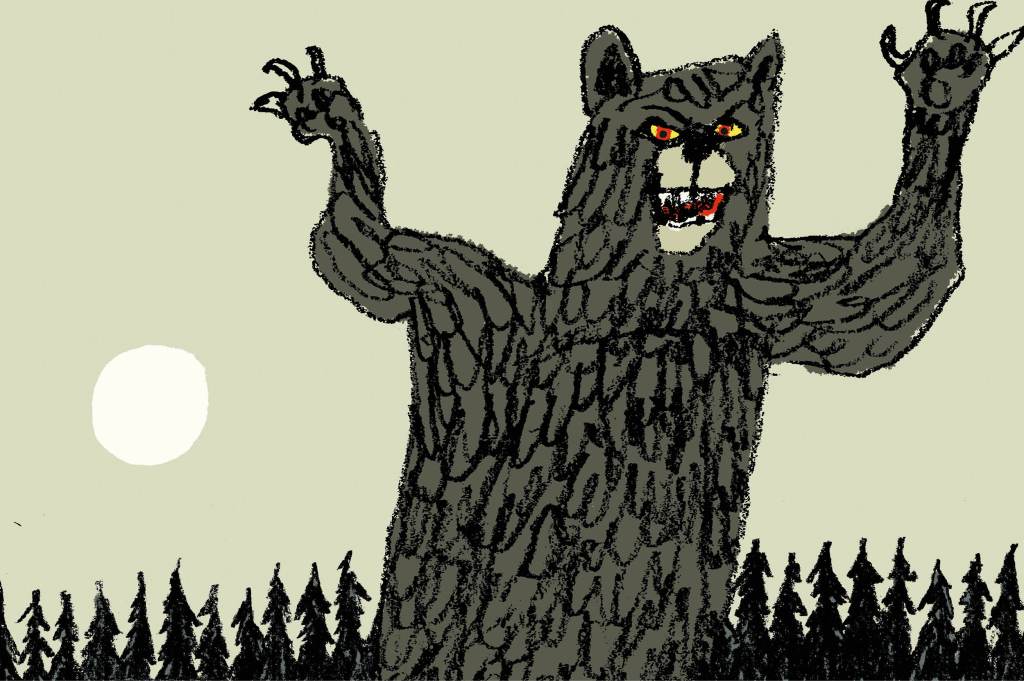






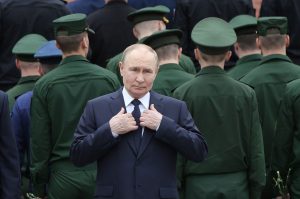



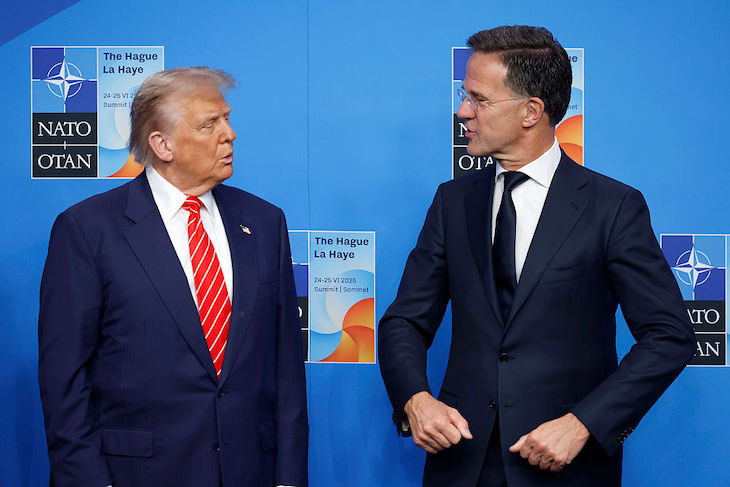
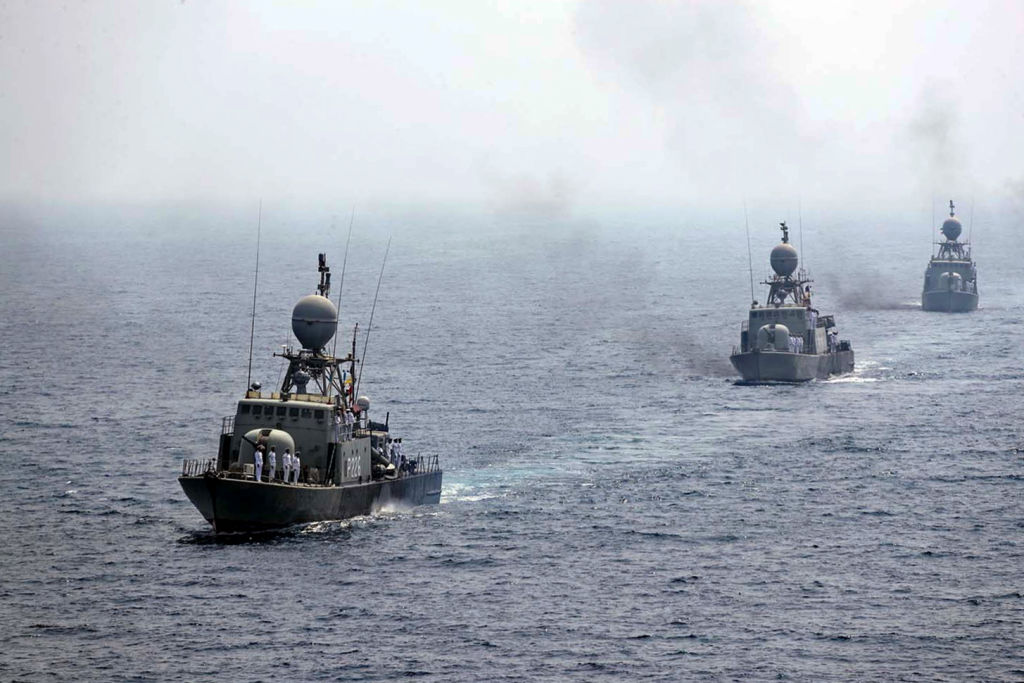

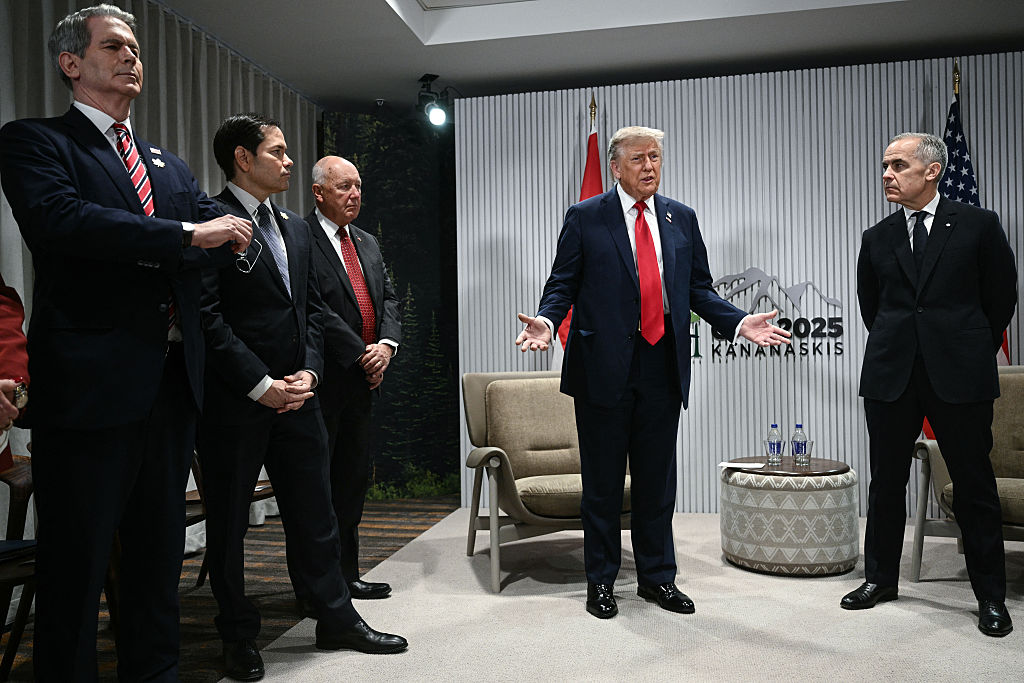
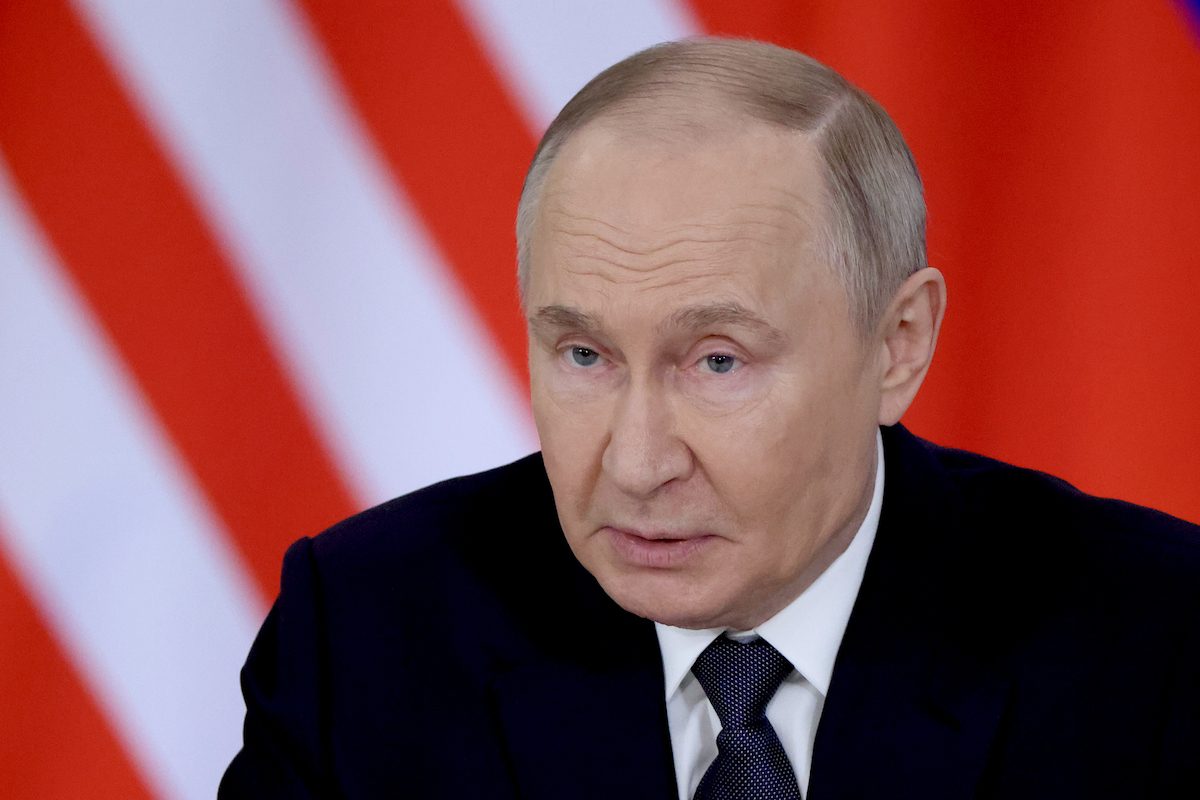







Leave a Reply